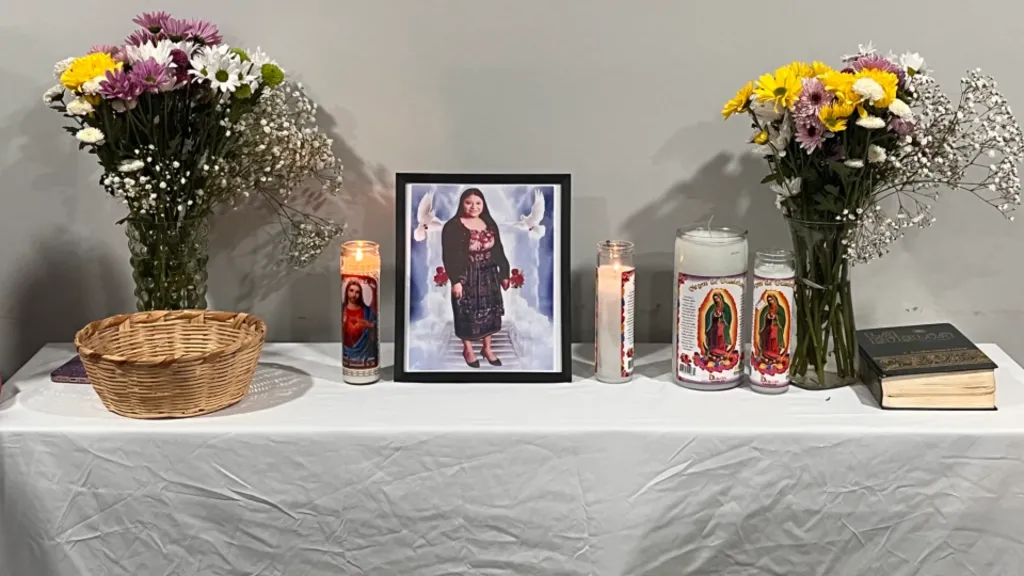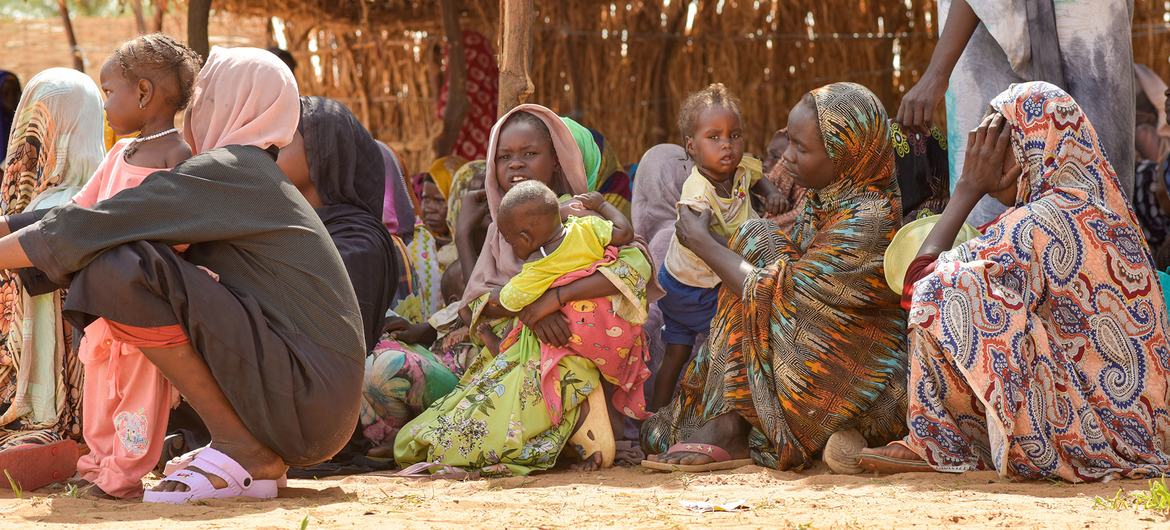How microlenders are reshaping South Africa’s township economy
Microlending and a barrage of finance products flooding the township economy are changing kasinomics as we know it.

This may sound strange, but Statistics South Africa says the informal economy employs 13.4 million South Africans and turns over more than R5-trillion annually. Now, a new breed of fintech lenders is racing to serve it.
Township economies of scale are no longer an afterthought in the country’s financial landscape. It houses nearly a fifth of the country’s total workforce and is the second-largest source of jobs.
With roughly three million MSME entrepreneurs, 72% of whom operate informally, kasinomics has become the hunting ground for a diverse pack of financial predators splitting it into two distinct lanes.
On one side are the survivalists: individuals whose economic activity is barely distinguishable from household survival, cobbling together grants and irregular earnings just to buy food.
On the other are growth-oriented enterprises, such as spaza shops, straining against the leash of inadequate finance and punishing operating costs.
Into this bifurcated landscape has emerged a four-front lending system: fintech innovators promising algorithmic salvation, regulated incumbents playing it safe, the state fumbling its intervention, and a shadow market of illegal loan sharks known as mashonisas, charging interest rates that would make even a Johannesburg payday lender blush.
Selling picks and shovels in the gold rush
Enter Optasia, a company that has made artificial intelligence the beating heart of its microlending operation. Working through a B2B-to-consumer model with mobile network operators like Vodacom and MTN, they offer real-time microfinancing, airtime credit, cash loans and overdrafts to underserved individuals across emerging markets.
The company’s CEO Salvador Anglada is unapologetically bullish about their proprietary AI in response to Daily Maverick’s probing on the post-JSE listing media call: “At Optasia, we have a deep commitment to delivering real-time financial access to millions of underserved individuals in the emerging markets.”
But it’s the machinery under the hood that matters. Optasia’s technology determines two critical outputs for every credit application: a credit score predicting default probability, and crucially, a credit limit calibrated to prevent default.
Anglada said that whenever someone applies for credit, the company assesses two things: the applicant’s credit score and their propensity to default. More importantly, they determined the appropriate credit limit – the amount a person can borrow without defaulting – which he called “the big secret”.
Playing the sustainable game
Koola Capital is taking a different path entirely, focusing on contract financing for township-based businesses; the entrepreneurs who have landed a purchase order from the government, corporates or schools but lack the working capital to fulfil it. They’ll go as low as R5,000, a loan size most traditional banks wouldn’t bother with.
Co-founder Katie Dodge describes a delicate balancing act between institutional credibility and radical accessibility: “We want to make sure that we bring a level of reputability that a bank would provide but we build a system that makes it done in the easiest way in the, like, quickest, simplest way that’s in plain English that makes people understand their rights and responsibilities but isn’t cumbersome.”
The company operates heavily via WhatsApp, combining tech efficiency with a human-centric approach that includes customer success support (helping clients understand costing and profitability).
Their risk appetite is deliberately different too, weighing factors beyond consistent cash flow: “We weigh a little bit more heavily on the non-cash flow side and we say, ‘Okay, what is the complexity of the job? How are they going to get it done?’”
For Dodge it’s about deploying debt as a tool for wealth creation, not extraction: “Nothing makes me more excited than a well-leveraged loan.”
Climbing the lending ladder
Further up the value chain sits Lulalend (or just Lula now), targeting successful SMEs with funding of up to R5-million, now testing limits up to R10-million with their legacy clients. These are businesses with hard assets, property, plant, machinery, that have outgrown the microfinance bracket but still can’t access traditional business banking.
Lula started purely as a funder but has since expanded into SME banking, driven by a pragmatic realisation: better data means better lending decisions.
“But if we start seeing the actual transactions maybe we start getting a better picture of these customers… so one delivers a banking offering that actually helps, but at the same time it provides data to say how do we better fund, how do we [do] faster funding, and that that’s the idea behind it,” Lula’s head of product, Clinton Thomas, explained to Daily Maverick when the company launched its latest annual SME report.
The company’s growth strategy focuses on scaling alongside long-term clients: “So, we’ve got long-term customers that we work with now where they’ve been with us three years, four years, five years or potentially longer. And as their company grows and we partner with them, their requirements also grow.”
Financial inclusion without financial health
But here’s where the story gets messy. Despite, or perhaps because of, all this innovation, South Africa is experiencing a dual reckoning.
The country has achieved a 98% formal financial inclusion rate. Nearly every adult has access to formal financial services. Yet an estimated 12 million adults are overindebted and facing financial distress.
Three-quarters of adults who borrowed in the past year used credit to cover essentials, not productive investments. A disturbing 43% of adults reported using credit to buy food in 2024, up from 40% in 2023, according to the FinMark Trust’s FinScope Consumer South Africa 2024 report. The proportion of “financially healthy” individuals plummeted from 24% to just 16% in a single year.
Academic research has identified a significant and negative relationship between access to micro- and informal loans and “income-independent quality of life”, particularly for poor women.
The wolves at the door
The formal credit market’s risk aversion has created a vacuum. With a rejection rate of 65.3%, formal lenders are turning away nearly two-thirds of applicants, according to the National Credit Regulator’s Consumer Credit Market Report for the last quarter of 2024. When the government attempts to intervene with, for example, the R500-million Spaza Shop Support Fund, rigid compliance demands render the assistance useless, with 86% of applicants found to be noncompliant.
This systemic failure feeds the shadow market. Mashonisas – illegal lenders operating in the townships – charge interest rates of 30% to 100% per month. They accept Sassa cards, ID books and bank cards as collateral, confiscating these documents and trapping borrowers in debt cycles with no escape hatch.
Industry observers note a “sharp increase in illegal lending activity” explicitly driven by “the state of the economy and tightening access to formal credit”.
The microlending market in South Africa, then, resembles a two-lane highway where most traffic is heading towards a bottleneck.
Fintechs are building a fast lane for the most robust vehicles; growth-oriented businesses that can leverage productive credit into measurable wealth creation.
But the majority of drivers are being forced off the congested main road by outdated regulations and hyper-risk-aversion, straight onto a dangerous dirt track where loan sharks act as predatory toll collectors.
The R5-trillion calf is there for the taking. The question is whether it will be nurtured into a bull, or picked apart by wolves.
[Source: Daily Maverick]












:quality(75)/https%3A%2F%2Fassets.lareviewofbooks.org%2Fuploads%2FSeymour%20-%20March%20of%20Intellect%20crop.jpg)





























